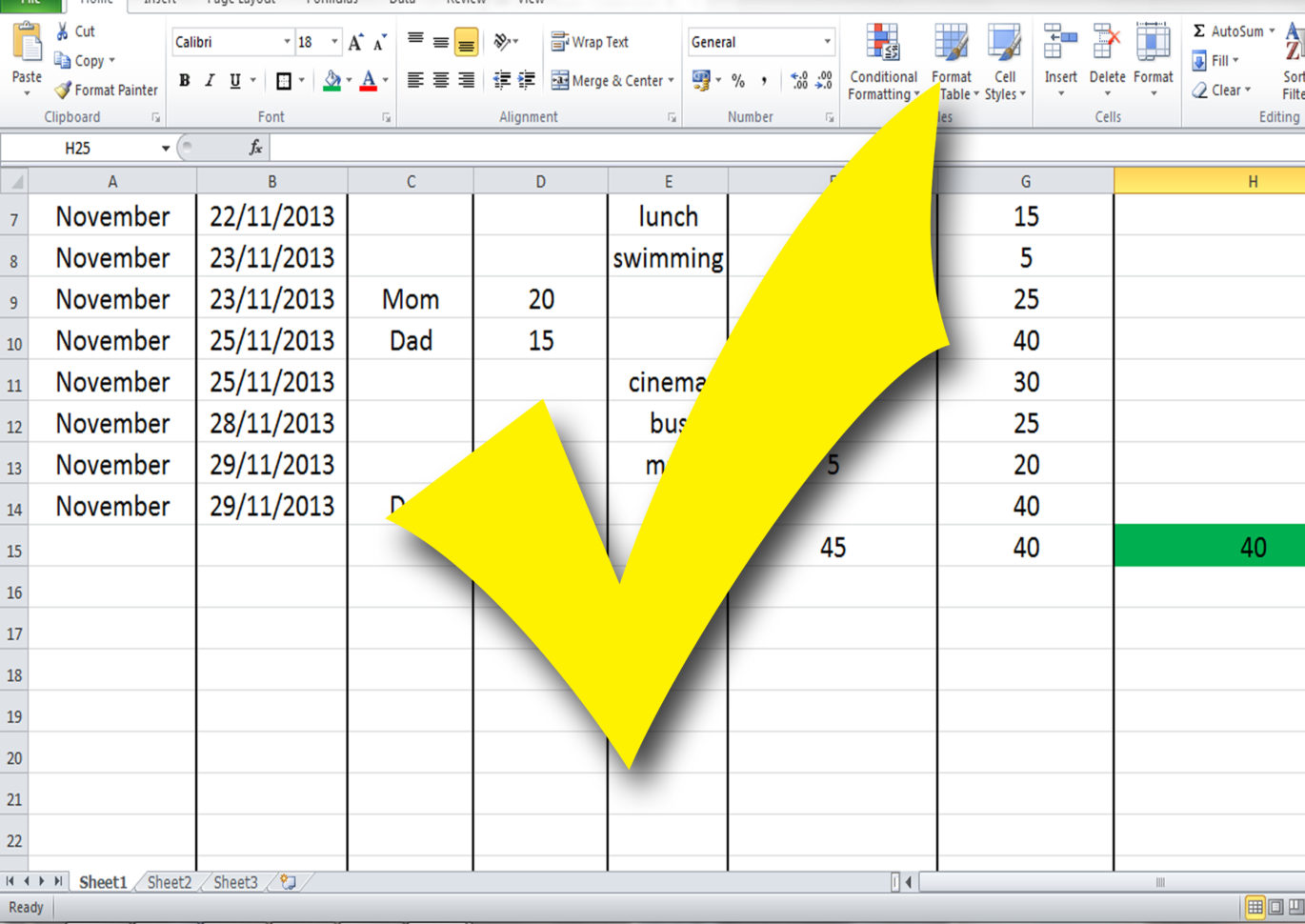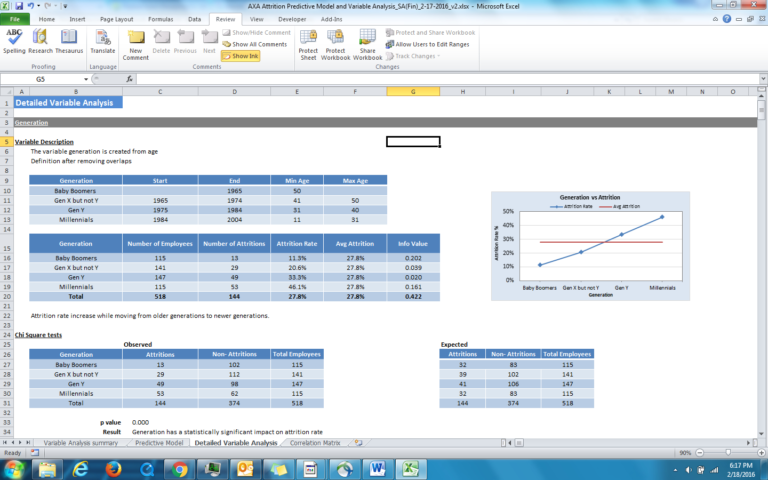

You'll notice several icons in the toolbar at the top of the application in the panel labeled "Function Library." Once you know how the different functions work, you can easily browse the library using those icons. Click the Formulas tab at the top of the screen.Follow these steps to get an idea of the type of functions you can use in Excel:

After that, the parameters should be entered between a set of parentheses (). Formulas always begin with an equal (=) sign followed by the function name (e.g., =SUM, =LOOKUP, =SIN). Each formula you create contains an Excel function, which is the "action" you're performing.

One of the most useful features of Excel is its ability to look up data and perform calculations based on mathematical formulas. To add a new blank row between existing rows, right-click the row number for the row after the desired location, and then click Insert on the menu.Ĭheck out the functions available for advanced uses.To add a new blank column between existing columns, right-click the letter above the column after where you'd like the new one to appear, and then click Insert on the context menu.To delete multiple cell values at once, press Ctrl (PC) or ⌘ Cmd (Mac) as you click each cell you want to delete, and then press Del. This returns the cell to a blank one without messing up the data in other rows or columns. To delete the data from one cell, click the cell once, and then press Del.Alternatively, you can click the cell once and make your changes in the formula bar. To edit a cell that already has data, double-click it to bring back the cursor.

This bar is called the Formula Bar and is useful for when entering long strings of data and/or formulas.


 0 kommentar(er)
0 kommentar(er)
